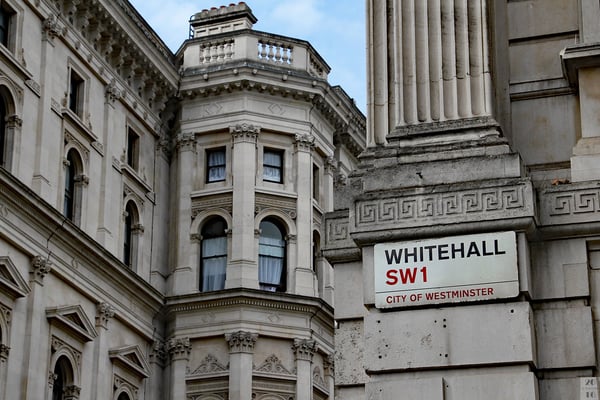Amplifying user-centred design in policy development
Last week, the NEC Digital Studio team joined practitioners and leaders from central and local government, at the Government Transformation Expo’s Citizen Experience Summit. Participants spanned the breadth of roles in digital, product and operations.
We hosted 4 round tables on the topic of informing better strategies and policies through user-centred design (UCD). Our ambition was to have practical conversations around contributing to policies that are user-centred, inclusive, and work better.
We discussed the why’s and how’s of UCD in policy development, sharing stories of successes – and challenges. What we heard throughout the day, revealed 3 prominent themes we recognise from our work. Here, Gavin Maguire, Head of Design at NEC Digital Studio, shares these reflections.
Frustration with flawed policies
We heard about several participants’ frustration over targets that are misaligned with systems and ways of working ‘on the ground’. This can lead to unnecessary work, for example the creation of multiple dashboards that are under-utilised.
Beyond wasted effort, we heard about targets that are counter-productive or even damaging. Applying pressure to one point in a system can cause difficulties at another point.
User-centred design is under-represented early in the process
Without a good understanding of how everything fits together and works in practice, it’s impossible to understand the whole problem. It’s difficult to solve it well. There’s little hope of accurately identifying possible negative consequences of changes. Teams can’t have informed conversations on how interventions could affect users with different needs and circumstances.
The key to building that accurate picture of the way things work, is to involve end-users up front. Our participants expressed that this isn’t happening enough; they’d like to see UCD involved earlier and in a more meaningful way, as an input into policy definition. Discussion included the need go beyond the minimum amount of UCD activity needed to pass a service assessment. Participants raised challenges they’ve had in bringing front line users into the conversation early, particularly due to a lack of appetite at the top.
Under-awareness of UCD at senior levels
The final and most prominent theme, a key cause of those above, is that there isn’t enough understanding of UCD and its benefits at the top of the decision-making structure. This lack of awareness leads to reduced prioritisation of UCD, which in turn can result in policies that don’t work as well as intended.
User-centred design has made great strides in the degree to which it’s accepted, and even sought, but the group discussed how stakeholders are often still unused to working in a user-centred way, and can be resistant to a change in culture. This manifested in different ways for different delegates, from some councils having very few specialist design roles, to UCD practitioners feeling the need to justify their seat at the table.
We discussed the need to move away from a position of having to implement or challenge polices that were based on assumptions made at the top. Instead, we need to become better at informing the up-stream thinking. Key to this is being able to convey more clearly the value of UCD, to policy decision-makers. As one participant said, demonstrating the value (by starting in small ways) can be more persuasive than talking about it.
As UCD’s champions, it’s our duty to try to build it in, as a must-have component of a responsible process. Case-making and incrementally increasing the UCD maturity levels of seniors can help unlock the mandate for UCD to inform policy. Working early with real end users will yield many benefits – from ensuring that policies are designed with eyes open to inclusion, to making sure their foundational building blocks are well-understood.





